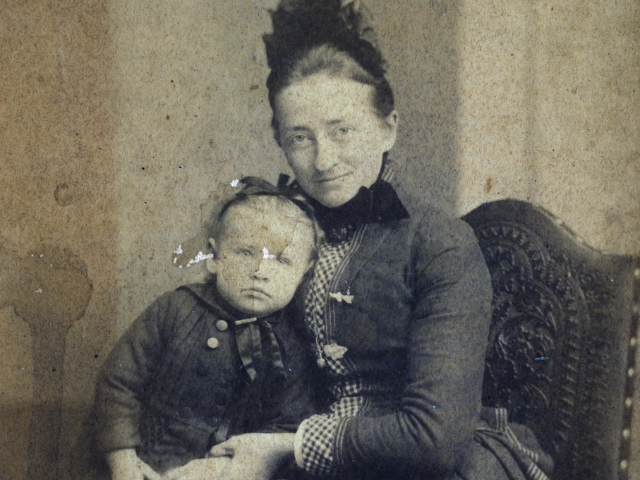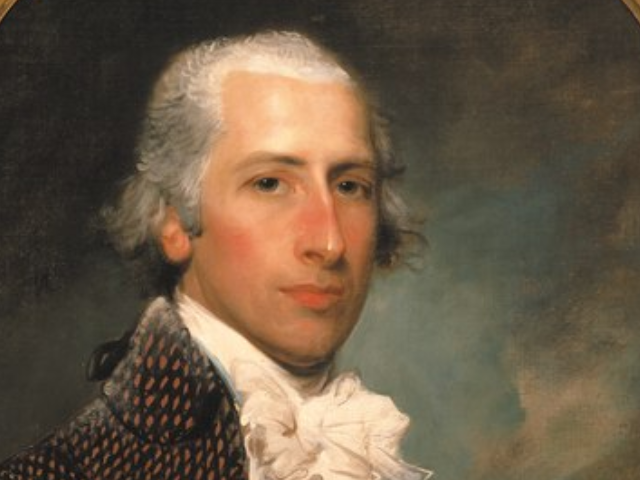Search StudySC for people, places, history, and ideas.
StudySC – Know where you live.
Explore South Carolina through StudySC! Learn about your community, South Carolina history, and the people who have made a significant impact on the state and the world.
SC Subjects by Grade Level
South Carolina People

Aaron Tippin
Aaron Tippin is a country music artist and record producer who was raised in Traveler’s Rest, SC.
South Carolina Counties
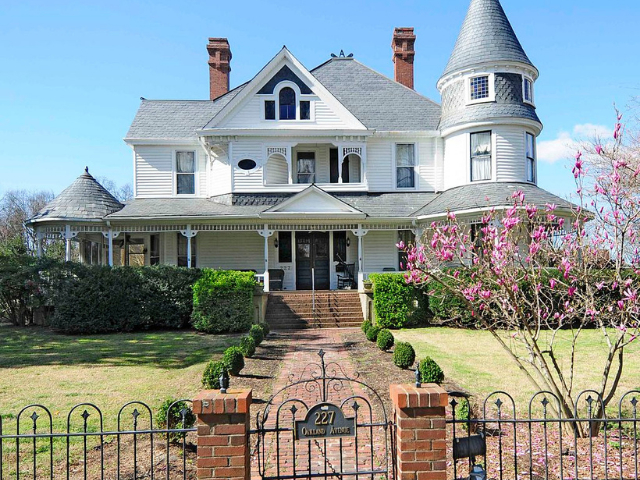
York County
York County and its county seat, the city of York, were named for York County, Pennsylvania.
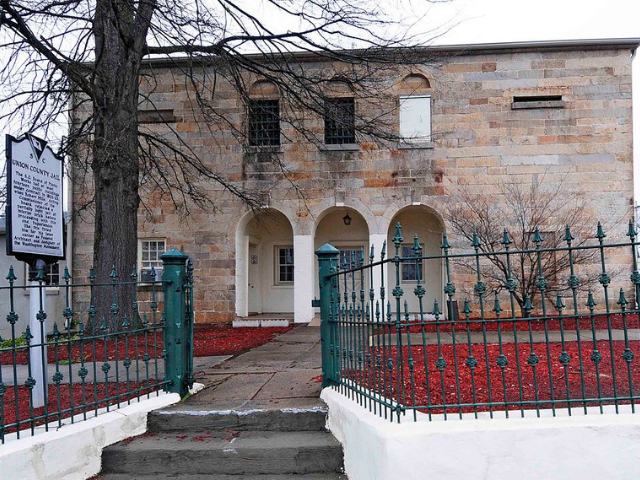
Union County
Union County was named for the old Union Church, which served both the Presbyterian and Episcopal congregations in the area.
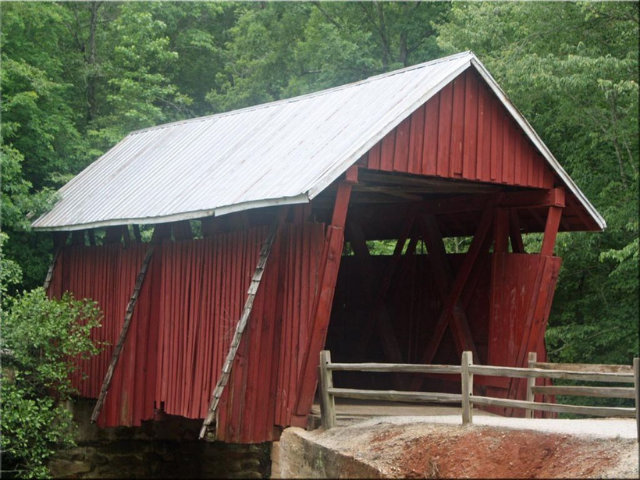
Greenville County
The origins of the name Greenville County are uncertain, but the county was probably named for Revolutionary War general Nathanael Greene (1742-1786) or for an early resident, Isaac Green.
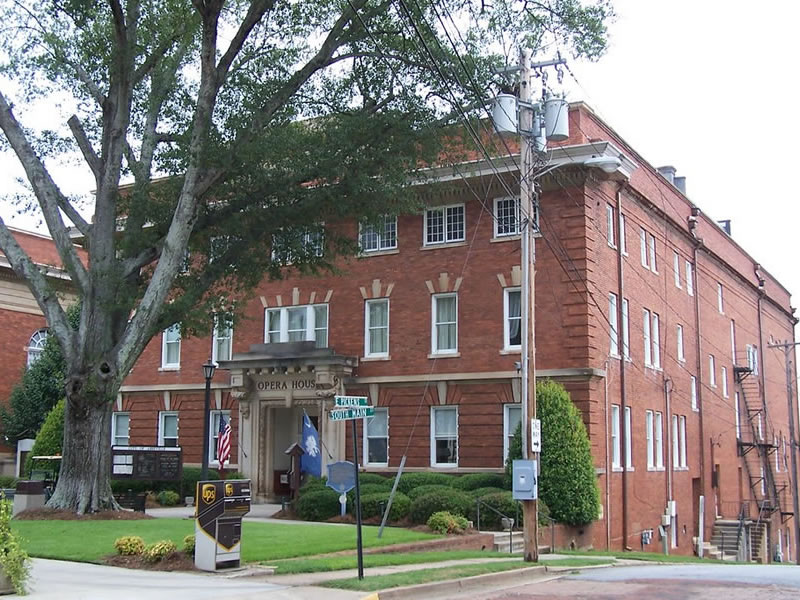
Abbeville County
Both the county and its county seat, the town of Abbeville, were named for the French town of the same name.
South Carolina Facts
South Carolina State Music
The Spiritual was designated as the official State Music by Act Number 64 of 1999. A spiritual is a type of religious folksong that is most closely associated with the struggles of slavery and the hope of freedom for the enslaved Africans in the American South.
South Carolina Glossary
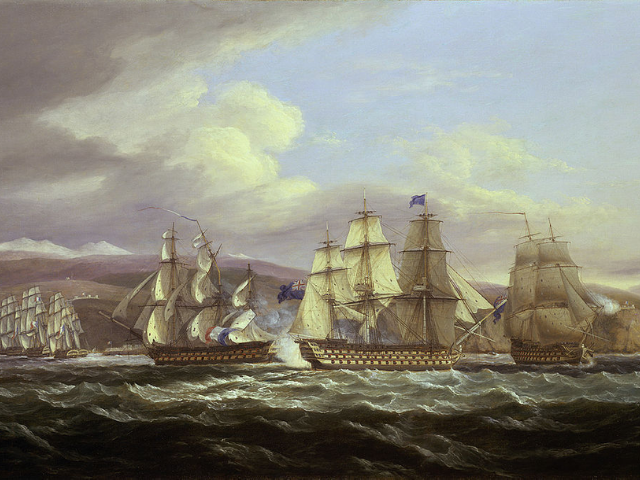
blockade
(noun) - ships used to isolate a city, often a port, in order to prevent food, people, and communications from coming in or out
Copyright © 2024. All rights reserved.

